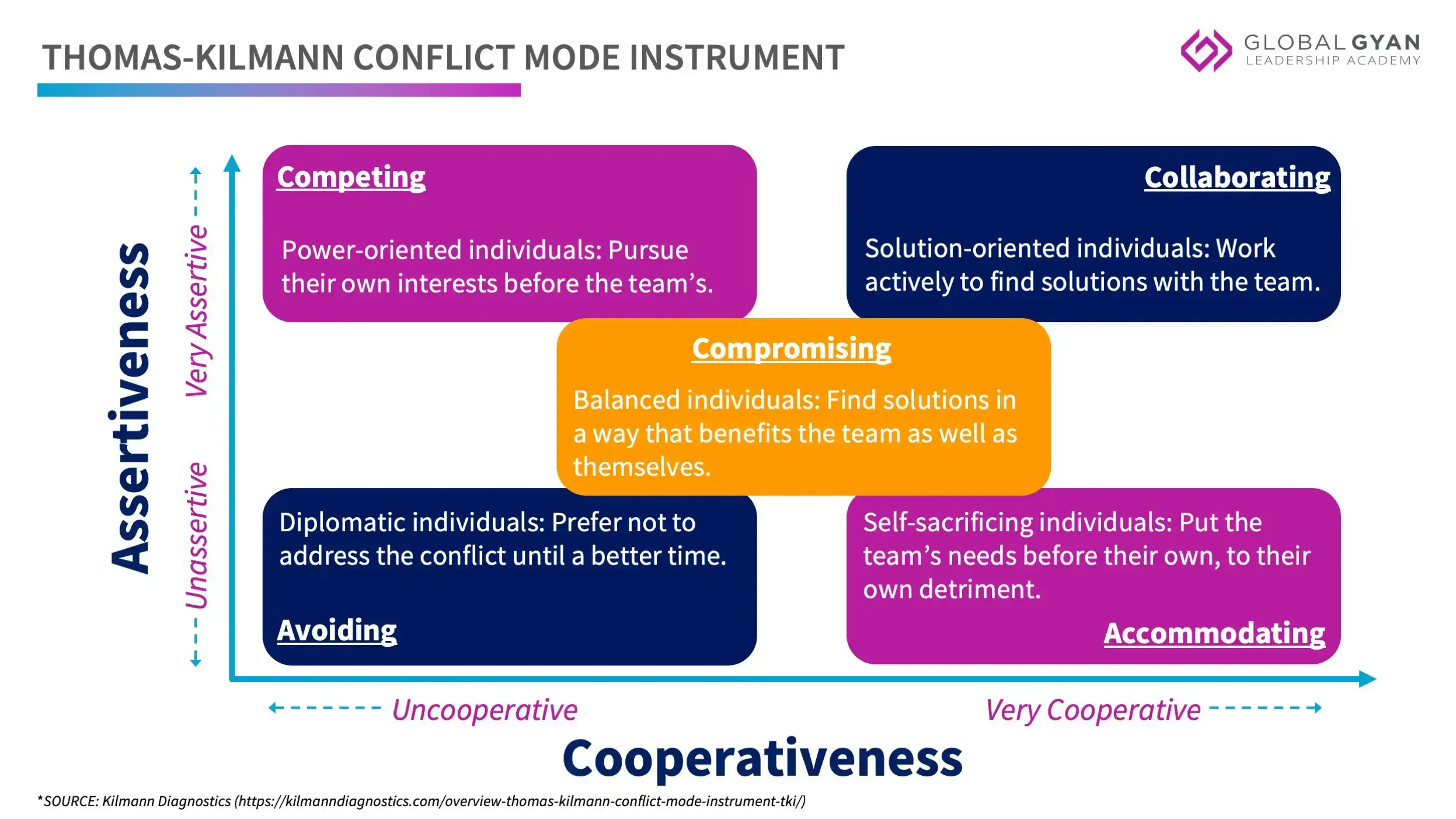How can Managers Overcome Common Communication Mistakes?


Effective communication directly impacts team productivity and, in turn, organisational success by as much as 25%! And yet, nearly 86% of corporate professionals, employees and executives alike, blame a majority of corporate errors on communication gaps which create a dearth of collaboration opportunities. Why is this still so prevalent?
One of the reasons may be attributed to how the channels of communication have evolved over time. Conventionally, communication in the professional setting took place in one of the following four ways:
- Verbal communication: In-person chats, meetings and video conferences (like Zoom, Teams and Meet calls) are a few ways in which verbal interactions occur in the workplace.
- Non-verbal communication: Facial expressions, vocal intonations, posture, body language and accompanying gestures constitute non-verbal communication. These cues are trickier to comprehend but divulge a lot more—because, we show what we don’t say.
- Phone communication
- Written communication: Emails, reminders, notes, messages, etc. are some ways in which written communication takes place between employees.
While phone conversations were considered the norm many moons ago, millennials and Gen-Z prefer written communication, with emails being the primary mode of communication in offices today.
84% of employees rely on their manager for communication to some degree
– Pumble Study
As managers, you are responsible for keeping employee morale and team productivity high, both of which are positively correlated to communication. A Pumble study also notes trust as a pivotal by-product of effective communication, stating that 74% of employees prefer working for and with trustworthy bosses. And yet, nearly a quarter of the employees say that they don’t trust their employers.
It makes you wonder—where are we failing as a unit? Are we, subconsciously, endorsing miscommunication? Do we not realise the (subtle to explicit) blunders we make when communicating with our bosses, colleagues, subordinates, even family? What can we do to put an immediate stop to this?
As managers, the buck of consolidating and bolstering communication within your team starts and ends with you. Therefore, without further delay, let’s delve into three techniques that can help you overcome common communication mistakes.
1. Establish Clear Communication Channels
Ritwik (not his real name), a mid-level manager at a leading pharmaceutical, was once dealing with a patent crisis, where one of his team’s flagship patent was awaiting final approvals since over a month. One day, he received an email from a representative of the patent-granting organisation informing him that they had found some glaring discrepancies in an important report due to which they were unable to grant the patent. Ritwik opened the attachment to see that one the finance reports was missing a zero. That’s it – a seemingly inconspicuous error that had costed the organisation lakhs of rupees.
Ritwik began conducting inquiries within his team – he spoke to each member personally in a relaxed setting which allowed them to be candid about their involvement in putting the paperwork together. He narrowed down on Satish, the main accountant on the case, for the goof-up. When asked, Satish denied any foul play from his end and blamed Ritwik for being unclear with his instructions in one of their email exchanges. He further added that he had personally messaged Ritwik on WhatsApp about a minor correction for which he was yet to receive a response. This caused Ritwik to introspect long and hard on how he could have better communicated with Satish.
As mentioned previously, communication channels exist in the workplace to facilitate better communication and avoid information bottlenecks, delays and misunderstandings. These channels are often used in tandem to get the best results. As a manager, it is up to you to establish clear communication channels for conveying different types of information, based on the nature and purpose, as well as draft guidelines to share with the team (for both new and old members). You also need to ascertain that they understand these guidelines well and follow them religiously.
For example, if only Ritwik had used a dedicated WhatsApp group for patent-related discussions, then someone from his team could have picked up Satish’s message and forwarded it to Ritwik at the appropriate time for prompt resolution. Teams can alternatively use Slack for project-related discussions, or resort to the good old emails with the high importance tag to alert respective parties and stakeholders.
2. Practice Active Listening
Effective communication is as much about listening as it is about discussing. While it is good to discuss new ideas and impending issues, it is also critical to understand intent and rationale behind why someone on your team does something or behaves in a certain way, and that is only possible if you listen and observe as much as you guide and direct. Active listening is a form of listening that requires you to be present in the room with your colleague, where you don’t just listen to what they’re saying but also assimilate the implications of what’s being said, refrain for judgments and biases and retain the crux of the message for reflection at a later stage. Active listening helps not only with building trust but also empathy, both of which contribute substantially to your influencing power in the team as well as the organisation as a whole.
In one of our sessions, a seasoned manager once shared some wise words with us, “Management is a lot more about listening than telling or instructing. We are managing people who, to a large extent, already know what they’re doing. So, for example, during a daily meeting, if I start telling people how to do their tasks, I’m only setting myself up for being labelled as a micromanager. What I do instead is, sit back and listen to what my esteemed colleagues have to say – give them the space and respect they deserve and see the brilliance unfold in front of me. It’s a revelation and keeps my team happy and energised! What more can I ask for?”
3. Leverage the Thomas-Kilmann Conflict Mode Instrument (TKI)
Conflict resolution is an integral part of people management. Conflicts are inevitable among team members. But how you facilitate resolution is what makes the difference. The Thomas-Kilmann Conflict Resolution Model is your gateway to speedily addressing and tackling pressing issues in your team.
The Thomas-Kilmann Conflict Mode Instrument (TKI) defines two basic human dimensions where conflicts are concerned viz. assertiveness (or a person’s affinity to preserve their own interests in a conflict) and cooperativeness (or a person’s affinity to indulge others in a conflict). Between these two dimensions, lie five primary conflict resolution modes viz. competing, collaborating, compromising, avoiding and accommodating. Competing and accommodating are on two opposite ends of the matrix, as are collaborating and avoiding. Compromise strikes the middle ground, which very few individuals display.

The TKI assessment is an online test that determines which resolution mode suits whom the most, depending on the extent of assertiveness or cooperation they exhibit. As managers, you can administer this test on your team members to appraise how to deal with each person during conflicts. For example, if the TKI profile of a team member ranks them high on collaboration and competing, then the best course of action would be to ask them to spend less time overthinking issues and be more open to suggestions. Conversely, if they score high on avoidance and accommodating, then you can ask them to speak up for themselves some more, aiding them in the process, and create opportunities where they can engage with others in a setting that works best for them.
It’s important to note that the TKI profile is merely indicative and a healthy balance between all modes is desirable.
4. Cultivate Emotional Intelligence & Empathy
Daniel Goleman introduced the concept of Empathy in Leadership in the ’90s and it has only gained notoriety with time. In order to become an influential leader, one cannot understate the importance of empathy, which is one of the main pillars of emotional intelligence. Managers need to cultivate emotional intelligence to be intrinsically attuned to their own needs as well as those of their team’s so as to ensure consistent performance.
Utilise one of the many EI frameworks, such as the Daniel Goleman EI Quadrant or the Six Seconds Model of EQ to see where you stand on the empathy-meter, among other aspects like self-awareness, self-regulation, motivation and perception; determine the gaps you need to fill to become an empathetic leader.
Empathic, emotionally intelligent work environments have a good track record of increasing creativity, improving problem solving and raising productivity.
– Daniel Goleman
Effective team communication is a multifaceted challenge that mid-level managers can conquer by implementing these four strategies. These frameworks not only prevent communication pitfalls but also help to cultivate an environment where everyone is on the same page, working towards common goals, thereby fostering an organisation that thrives on its people power.






Responses